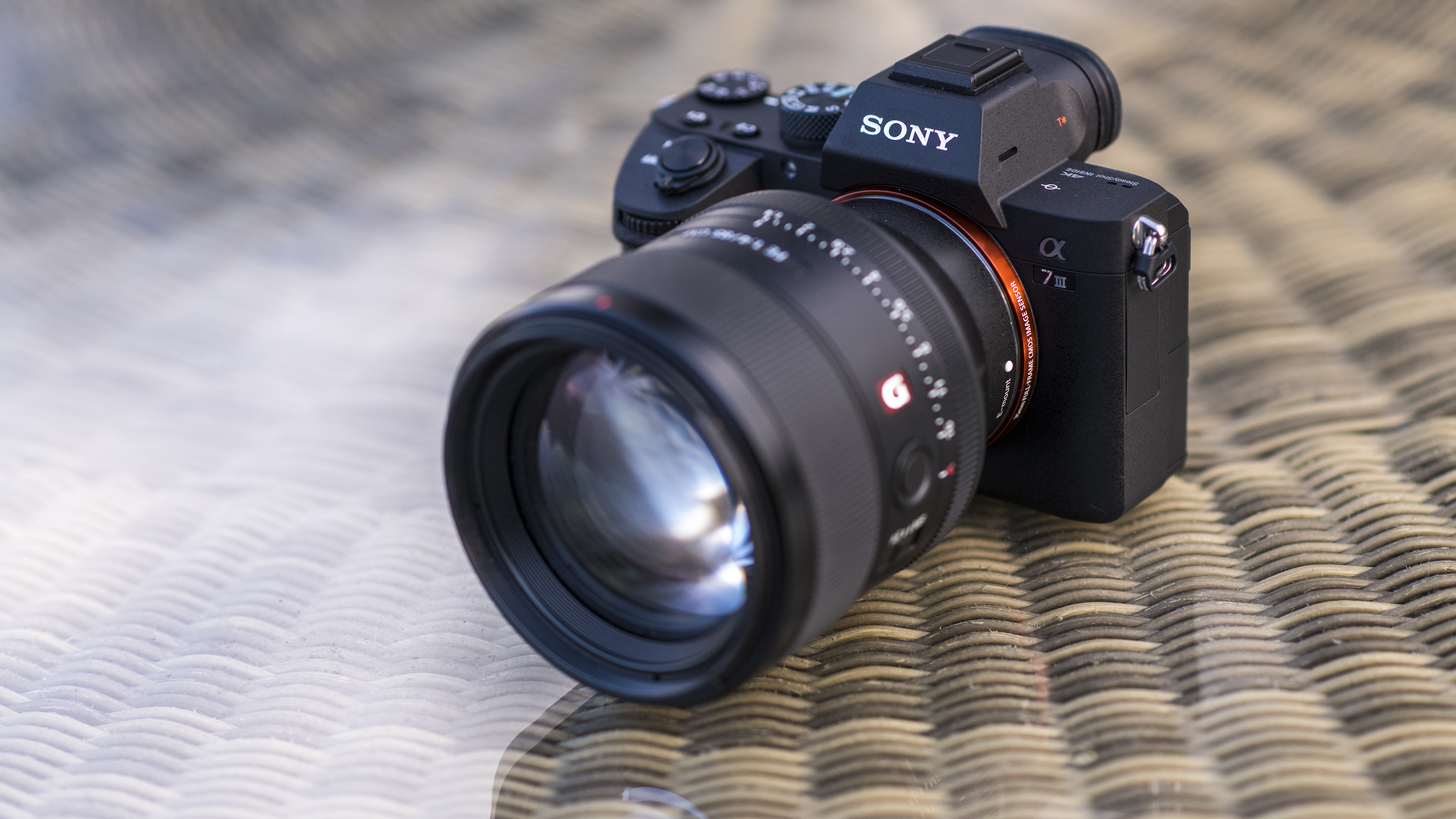There has been an increasing shift toward the best mirrorless cameras in the photography community over the past few years. Mirrorless cameras display an image very differently from DSLR cameras, and in many ways, their technology is more modern and eloquent. The difference is that mirrorless displays are a 'live view' of what the camera sees, whereas DLSRs show a reflected image of what is on the camera's sensor. This means mirrorless cameras often have lighter, slimline bodies, can shoot silently, and have more sophisticated digital features.
Companies like Nikon and Fujifilm have stepped up their efforts in recent years, and while Sony and Canon have more limited ranges, they also compete in the mirrorless space.
The advantage of mirrorless cameras is that manufacturers see them as the future of photography, especially as their video capture capabilities are so strong. So, this is the way to go if you're looking to future-proof. The disadvantage is that mirrorless bodies and lenses are - on the whole - more expensive, as they aren't the same size as the new and used market. Plus, if you want to use a DSLR lens on a mirrorless camera, you need a specific adaptor, which is an extra expense.
On the whole, though, we would recommend mirrorless tech - once you've used one, it's more challenging to return to even the best cameras because they make photography... so easy. If you're looking for the best camera for beginners, that's probably a DSLR, but Mirrorless is an excellent option for enthusiasts and above.
The best mirrorless cameras we recommend
Why you can trust Top Ten Reviews Our expert reviewers spend hours testing and comparing products and services so you can choose the best for you. Find out more about how we test.
Top Ten Reviews is on a mission to review everything we feature in our buyer's guides. Still, while we work hard to make this a reality—or where this isn't possible—some of our guides still feature rankings based on our team's considerable expertise and research.
While we haven't been able to test any of the units in this guide in person, we've instead honed in on top-rated brands and used our knowledge of the best features to help you make the right decision for your home, all for the best price.
The best mirrorless camera overall
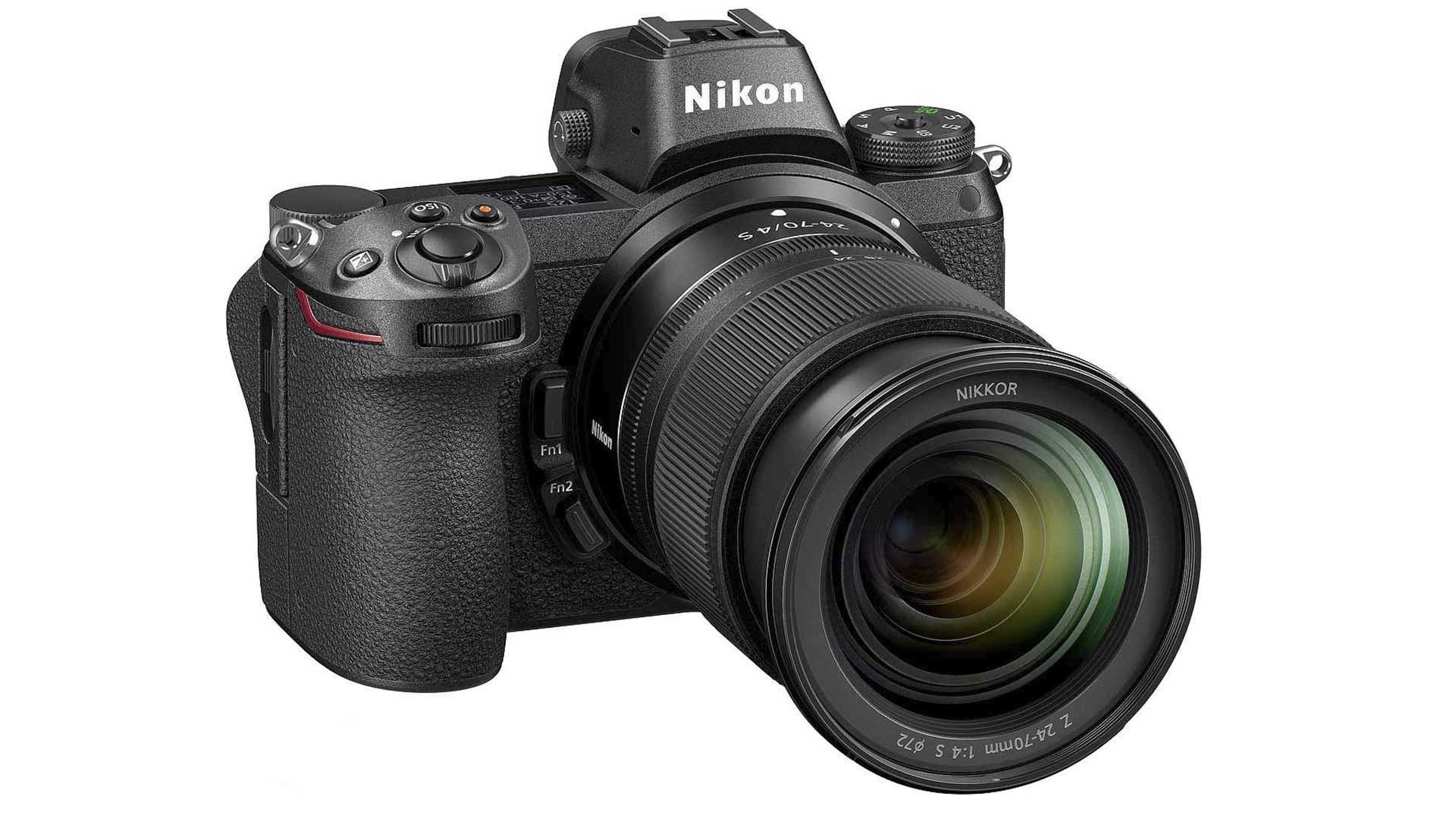
Among a raft of new full-frame mirrorless cameras, Nikon’s Z6 is a powerful introduction. Considering this is a first-generation model, it’s impressive that Nikon got so much right: superb image quality, crisp 4K video, excellent handling, a clear and bright EVF, and compatibility with existing Nikon lenses and accessories.
The FTZ adapter, which can be purchased bundled with or separately from the camera, allows you to choose from hundreds of F-mount lens options. Autofocus and auto-exposure work together.
While some issues persisted with the original version of the Z6, those have since been largely eliminated thanks to regular firmware updates. Our only actual reservation is the camera's reliance on a single QXD or CFexpress memory card slot - professionals like a second slot to avoid breaks with shoots, and CFexpress cards are still eye-wateringly expensive, PLUS they require a separate card reader, too.
The best mirrorless all-rounder
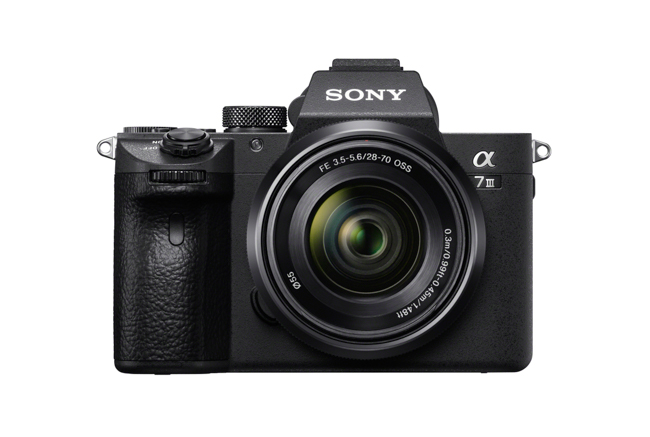
Building on the popularity of the previous A7 II, it’s safe to say that the A7 III is Sony's best all-around mirrorless camera yet. The 24MP sensor produces excellent images with well-controlled noise levels across the sensitivity range, and with sensor-based image stabilization on board, you don’t need to worry about this being in your lenses.
The sensor and stabilization also work together to capture detailed, 4K-quality videos. Other highlights include a strong hybrid AF system, many lens options, and battery life ahead of what most mirrorless models can muster.
That 693-point AF system makes this superb in nearly any situation, even for those less accomplished camera users. And if it's fast-paced shots you're after, then the 10fps burst shot mode should cater well to your needs. This isn't the newest camera on the list, but with those specs backed by a recent firmware upgrade, this is one of the best options at a price that's getting lower all the time.
The best mirrorless camera under $1,000
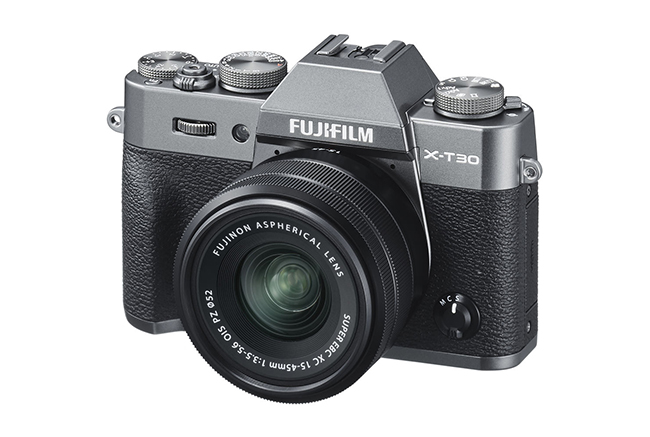
With dashing good looks, plenty of functionality, excellent image and video quality, and a tiny, essentially metal body, the X-T30 is a formidable mid-range mirrorless option. It inherits many features from the more advanced X-T3 and is ideal for those who want to control their camera more through physical controls rather than the touchscreen, with dedicated dials for shutter speed and exposure compensation on hand.
In terms of value for money, the X-T30 trounces almost every other mid-range model at this price point. And it does it while looking a lot better, too. Even the phase detection autofocus system, with its 425-point setup, punches well above the price. The fact that you can shoot 4K video at 30 fps is also a real draw at this price point. That 26.1MP APS-C sensor can eke out up to 8 fps of burst shots, while the 3-inch touchscreen, with its 1,040k dots, makes for easy controls and clear views.
The best mirrorless camera for megapixel power
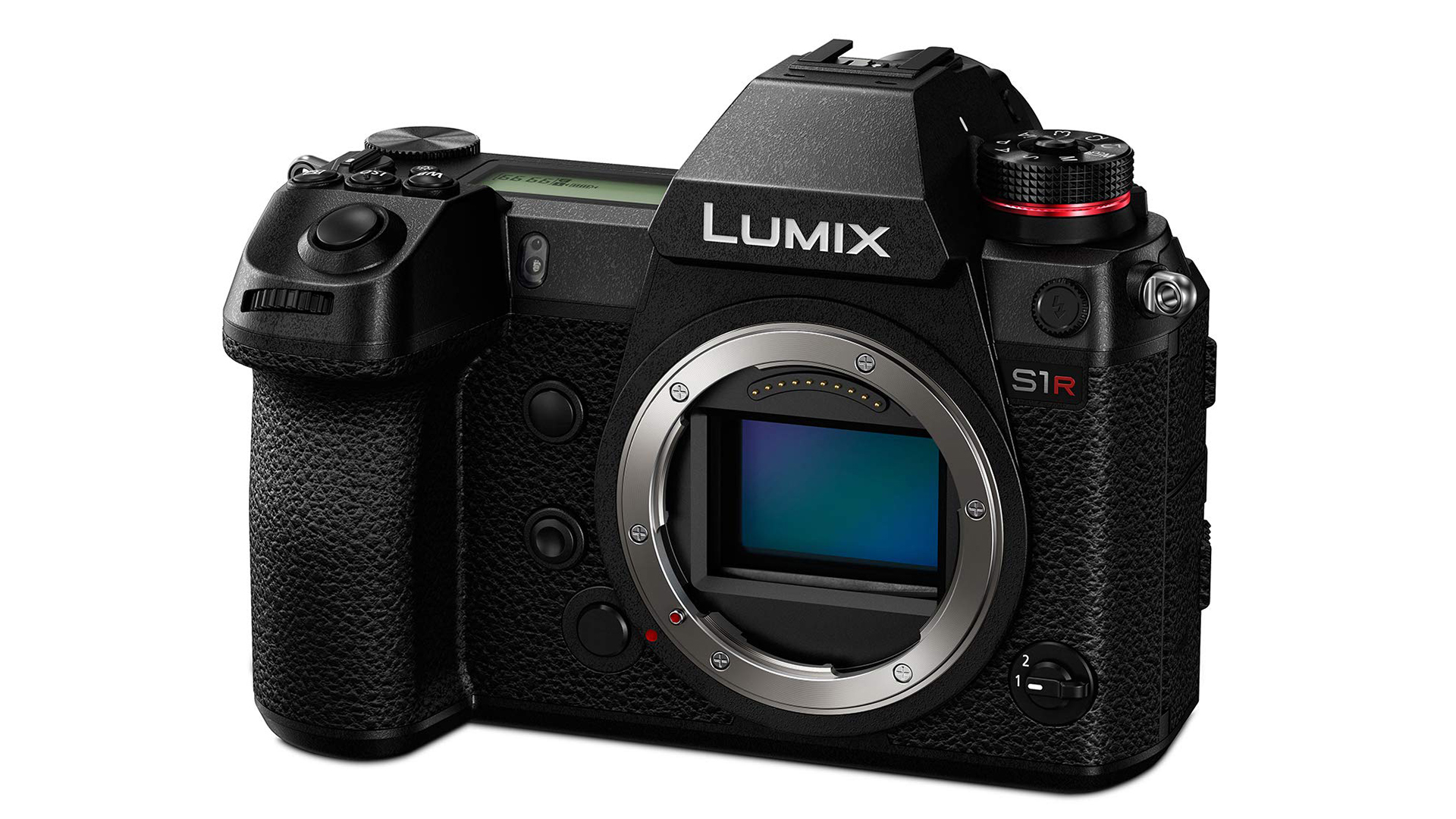
The Lumix S1R is Panasonic's full-frame mirrorless camera that aims to cater to the more skilled photographer who can use that 47.3 MP sensor. But it packs in some special tricks that make it stand out from the rivals on this list. Our favorite is the ability to shoot a 187 MP image – perfect for anyone who wants to blow it up in print or have lots of zoom potential afterward. That is well backed by the viewfinder, which has one of the highest resolutions at 5.76 million dots.
The build is rugged enough to go anywhere without worrying about being too careful. The same can be said when shooting, thanks to sensor-based image stabilization that helps improve any shot. That means you can expect a crisp and clear shot from this camera for both good and low-light.
While the contrast-detect autofocus system is a little behind the rivals, this camera makes up for it in other areas and performs exceptionally well.
The best full-frame mirrorless camera on a budget
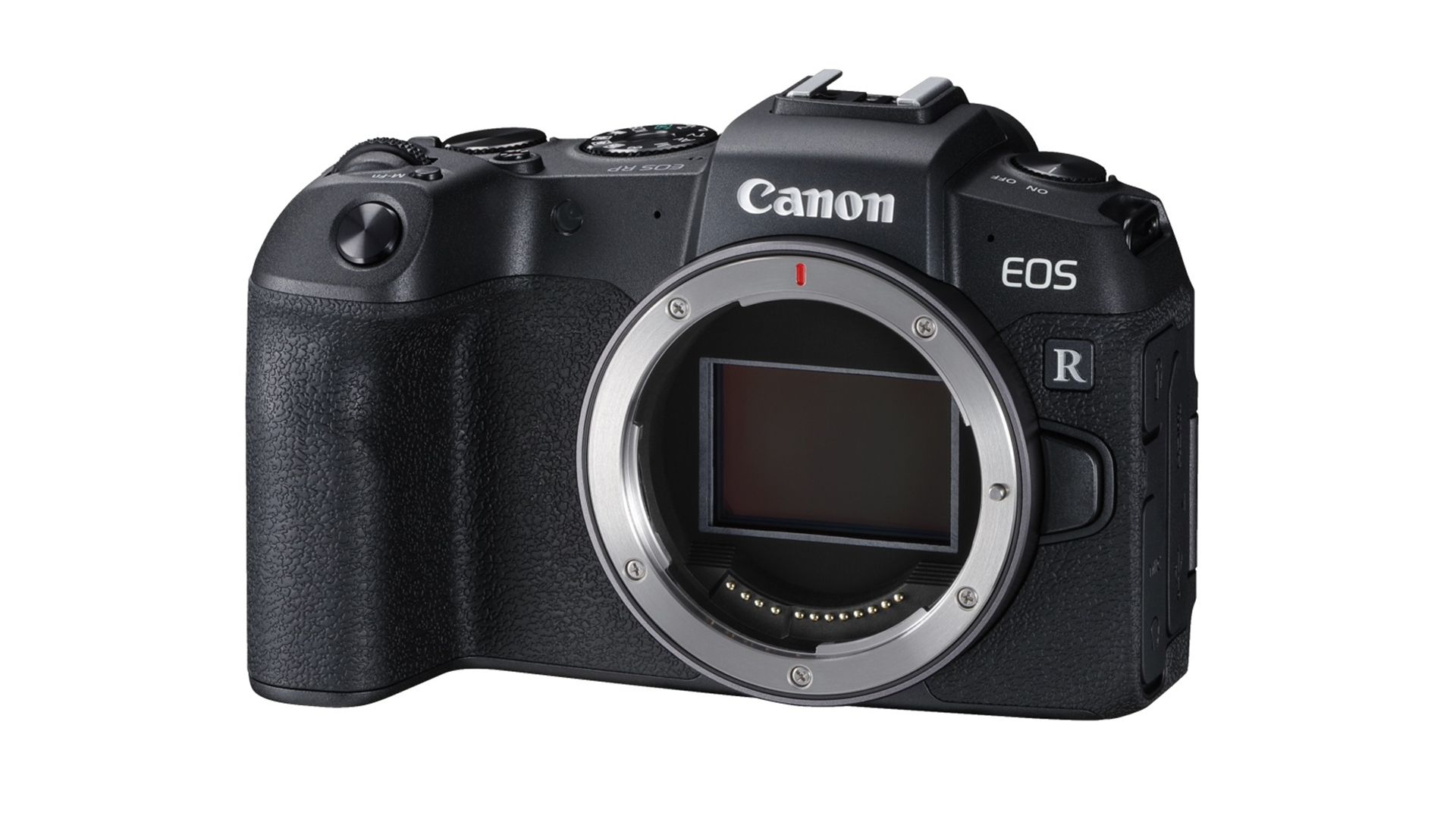
The EOS RP might not be the most advanced Canon mirrorless camera right now, but with an asking price considerably below the current EOS R flagship, it sure is tempting.
It’s super small and quite light, considering its full-frame innards. This makes it great for those with some EF lenses who want to use them through an adapter. It also delivers very nice images without any further processing, although you can play with your raw files if you need to.
Overall, this is a great choice if you’re a Canon user who wants to try Mirrorless without significantly impacting your bank balance. However, it's worth noting that you will get a heavy crop on the 4K video, and your maximum burst shot speed is just 5 fps.
The best mirrorless camera for beginners
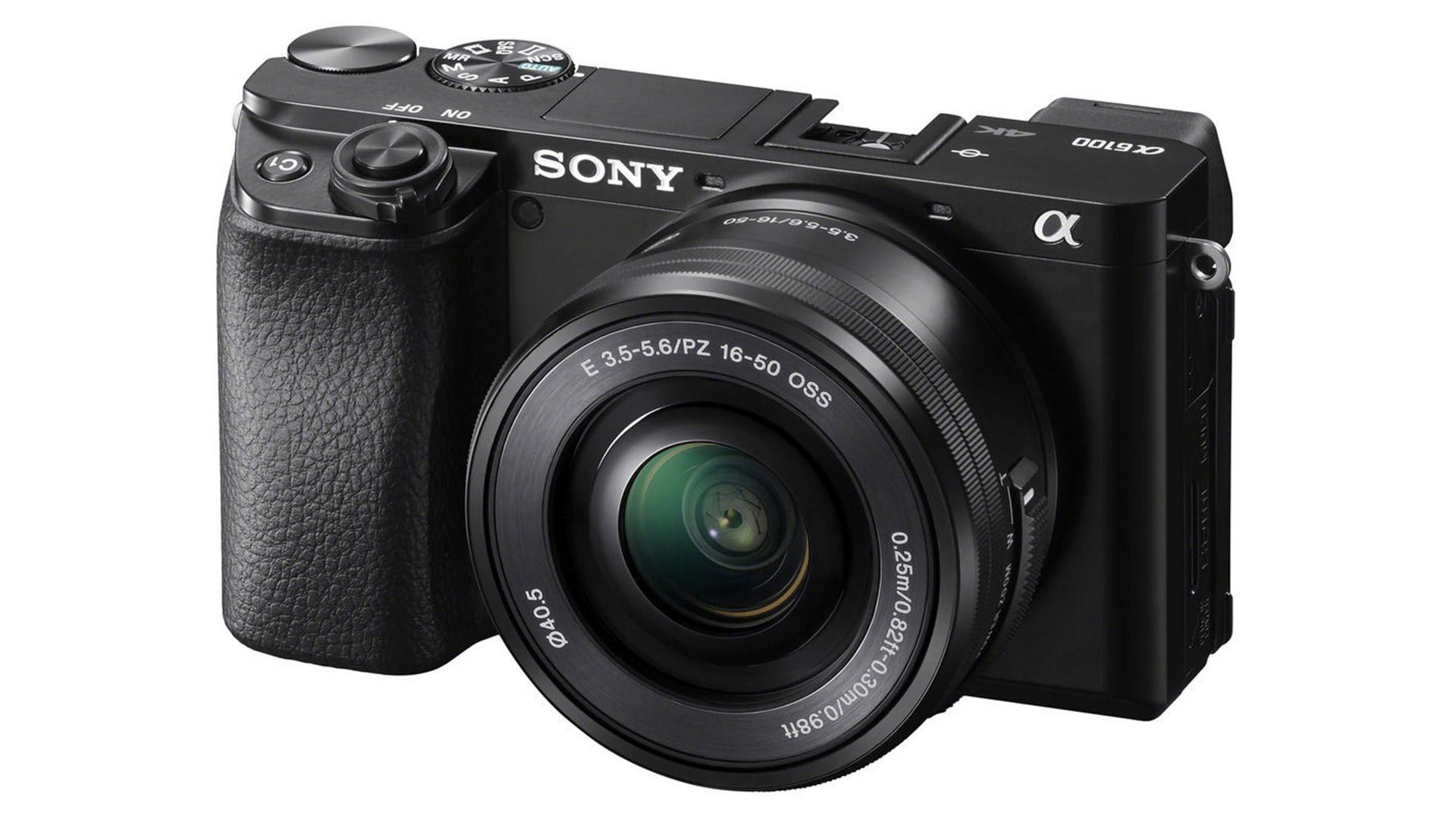
The Sony A6100 is a fantastic option for any beginner who wants to get into photography using a mirrorless camera. This is a very portable-sized snapper yet crams in a powerful 24.2MP APS-C CMOS sensor, which is backed by a 425-point hybrid autofocus. With the ability to shoot video in 4K at 30fps and capture burst photos at 11fps, this punches well above its price point.
This is great for a beginner, but it requires time to understand everything on offer via the admittedly limited touchscreen interface. The resolution on that screen and the EVF could be higher, but then the price cuts must be made somewhere.
While this is great for a beginner, there's plenty to learn with enough power and features to grow with you as you get better.
